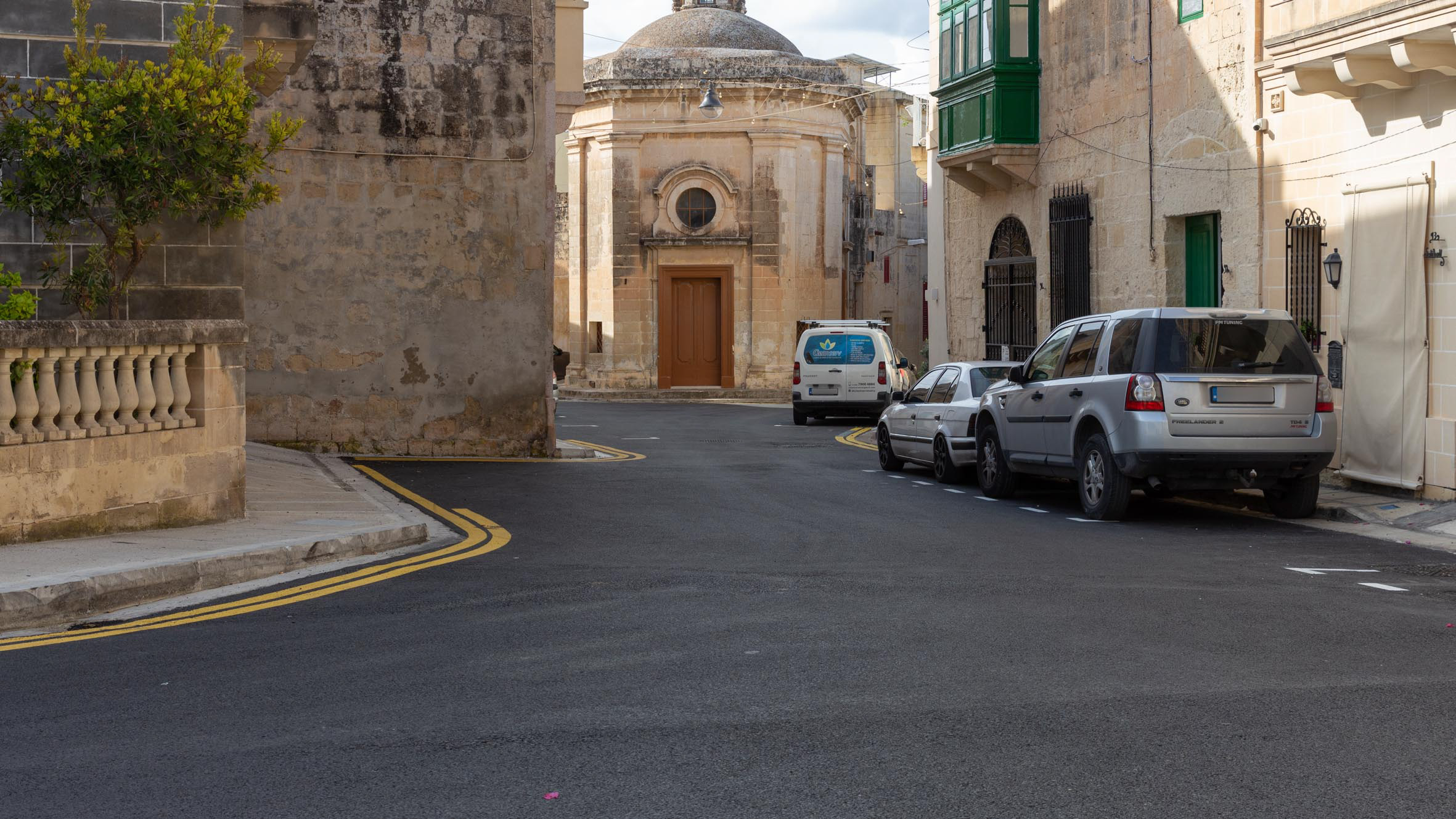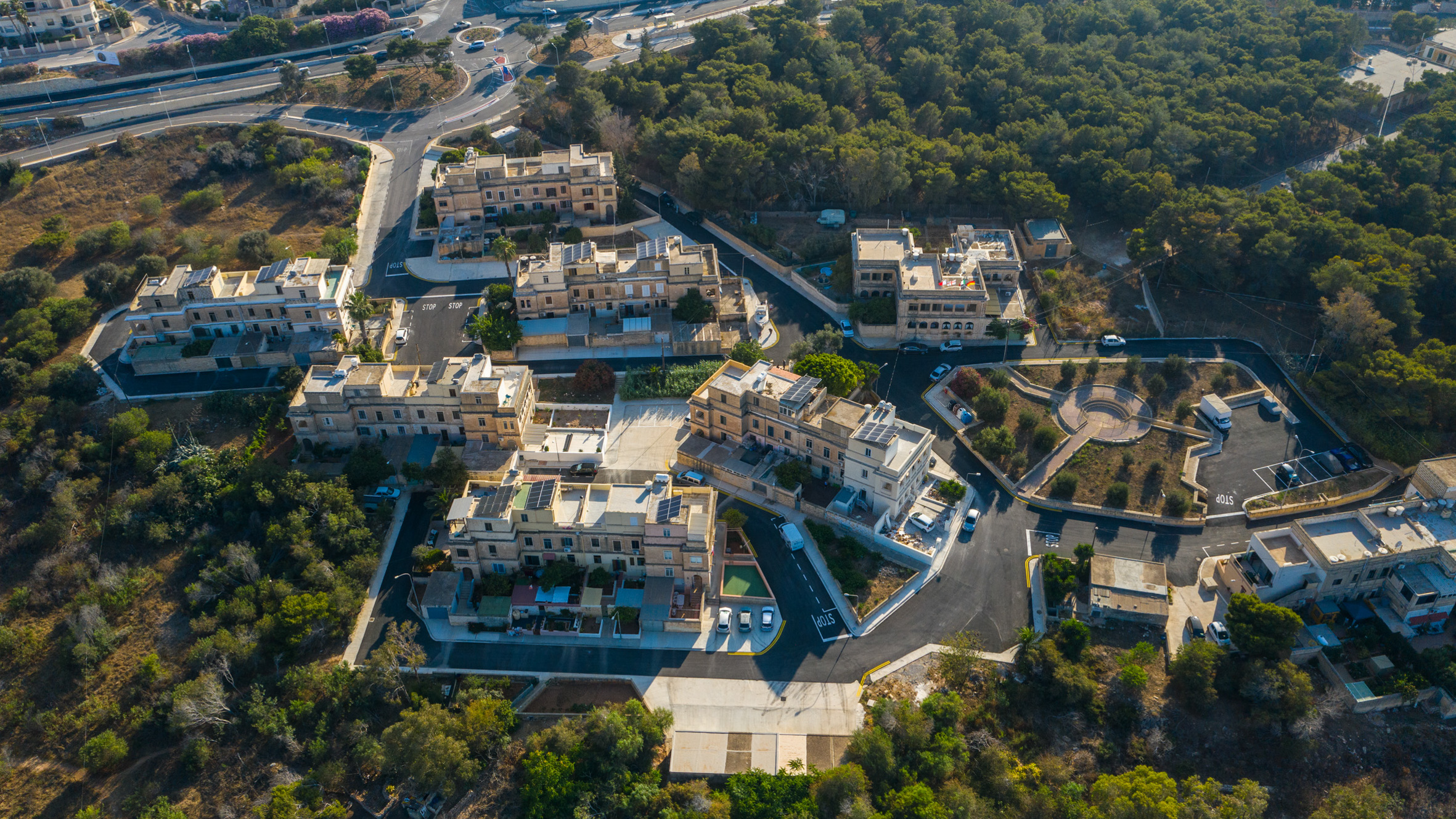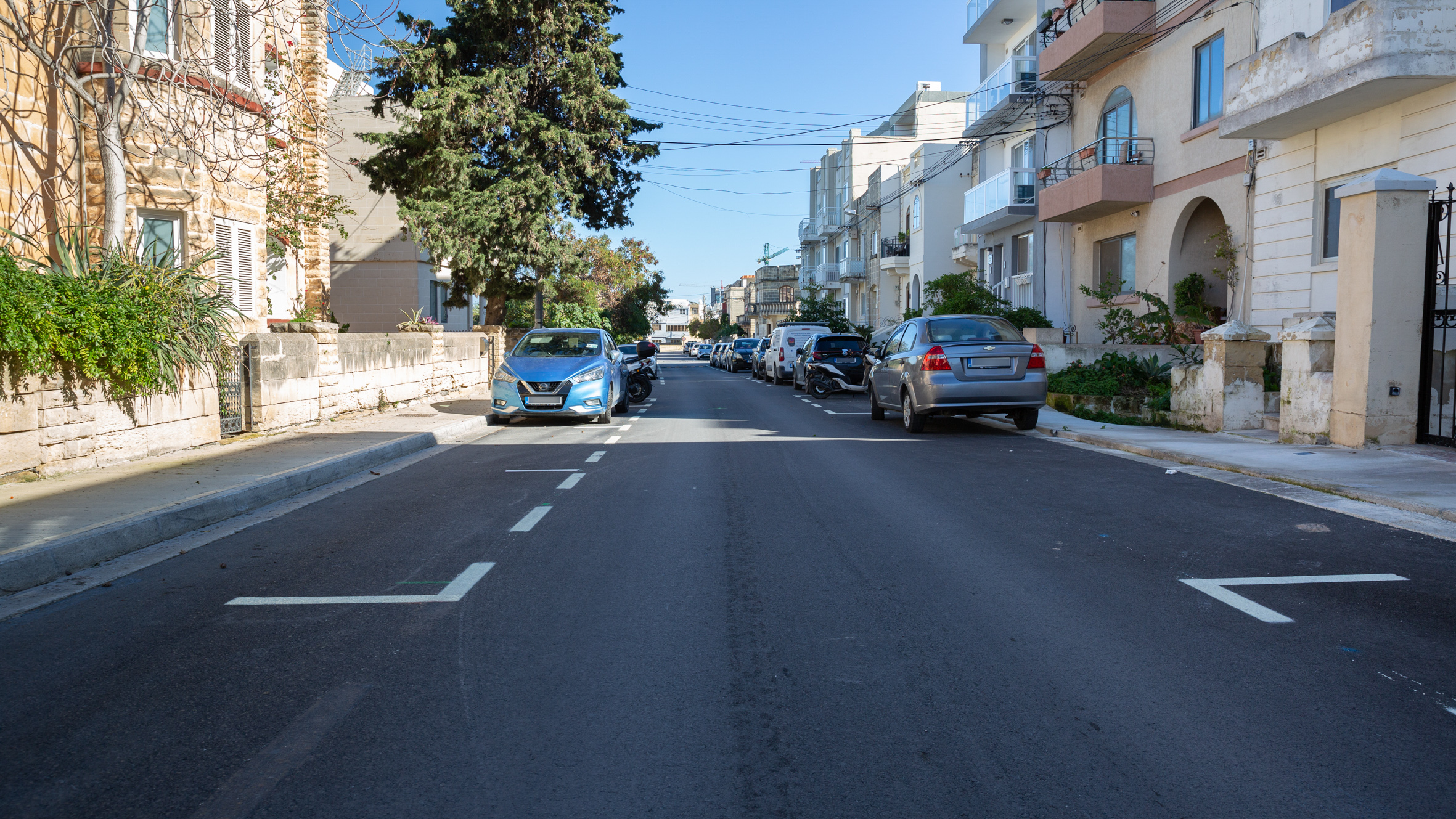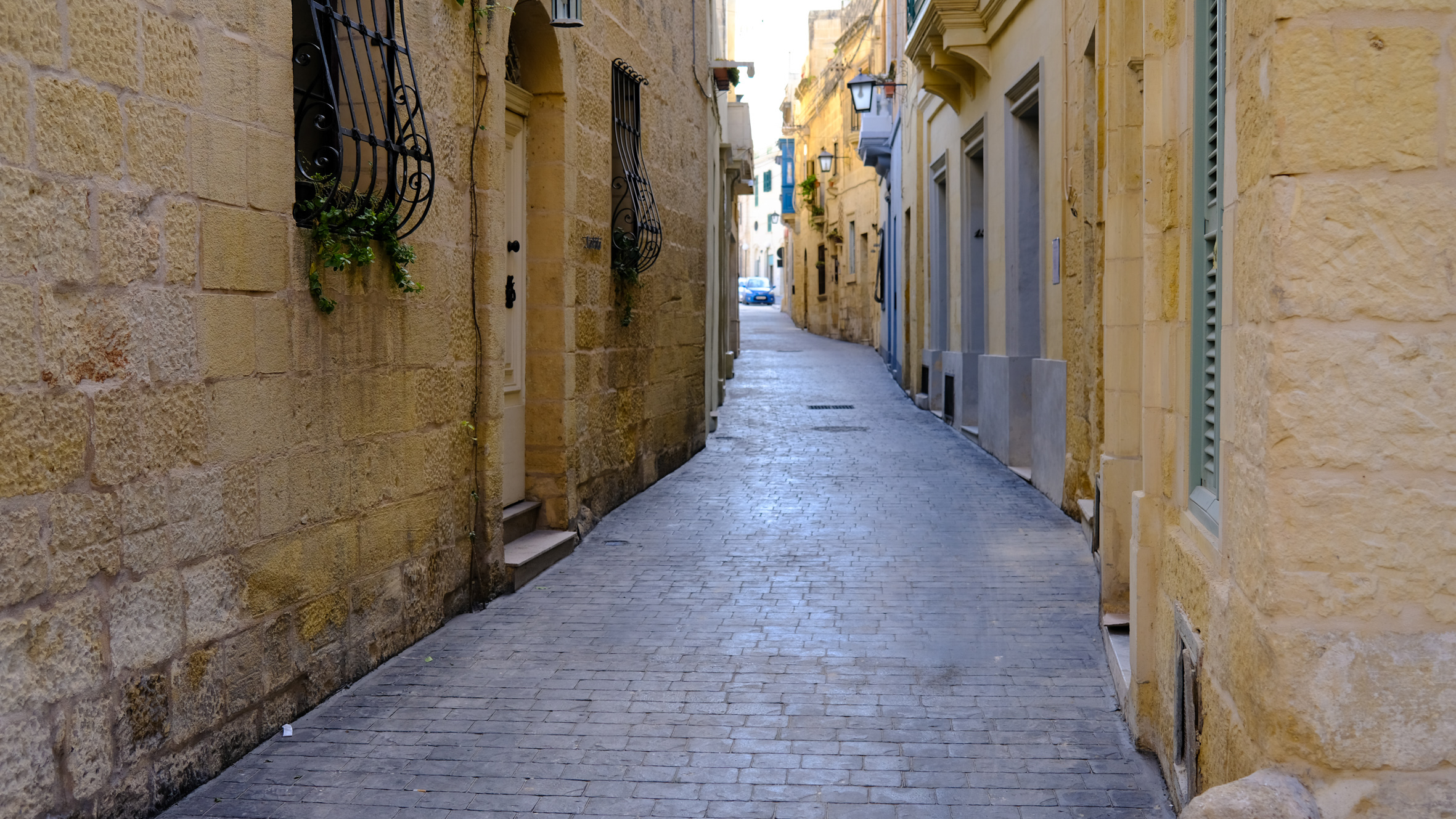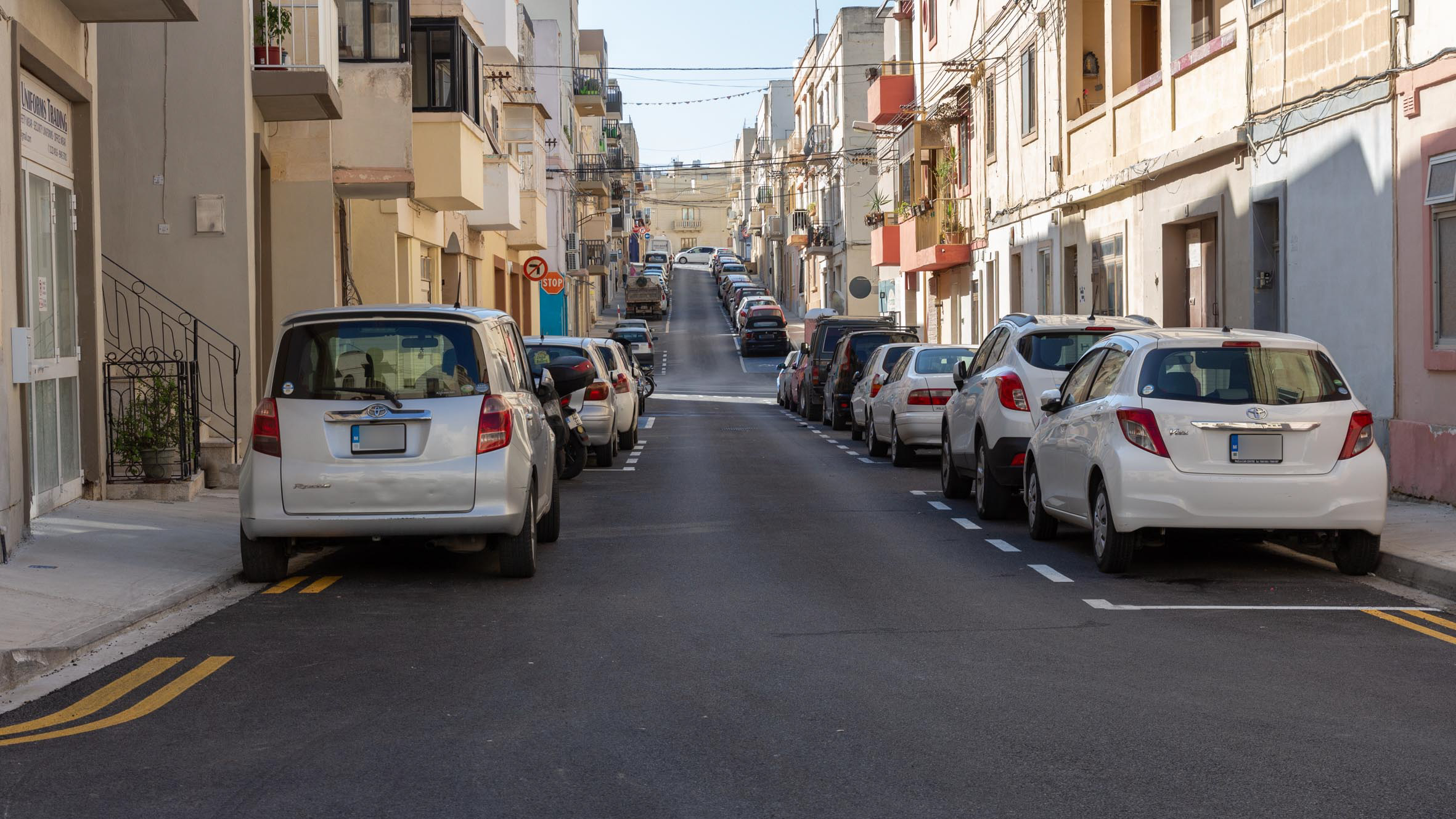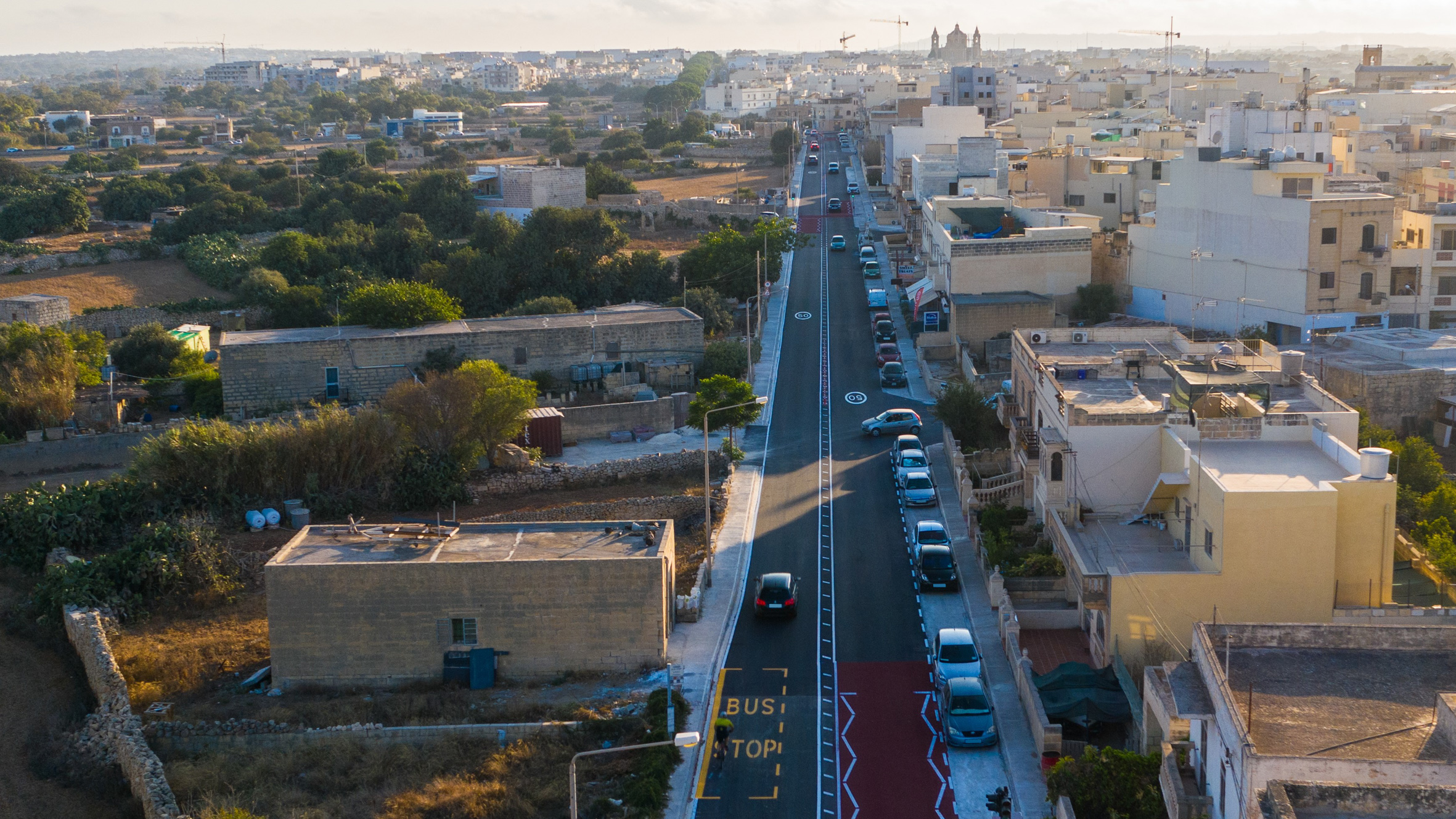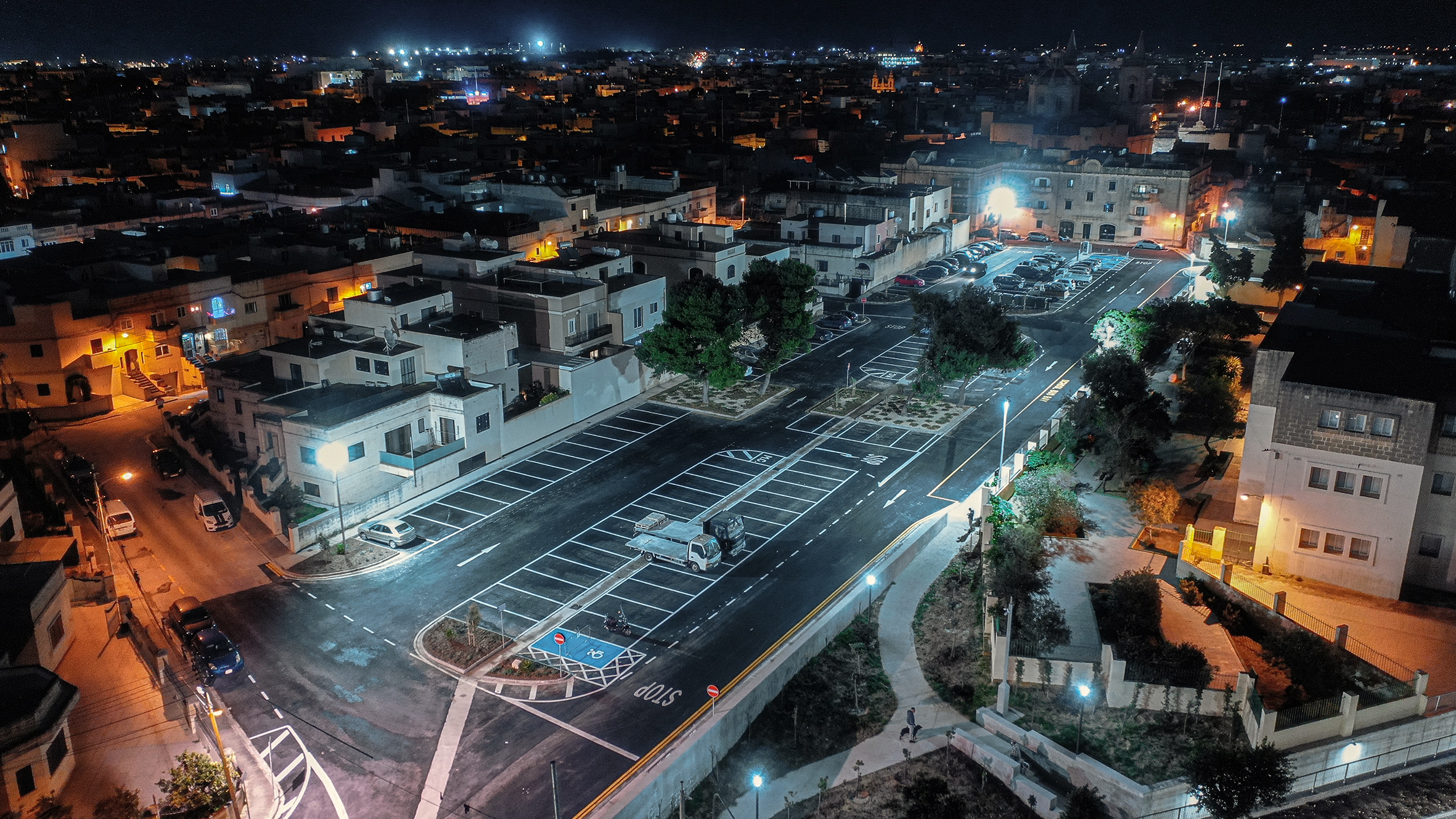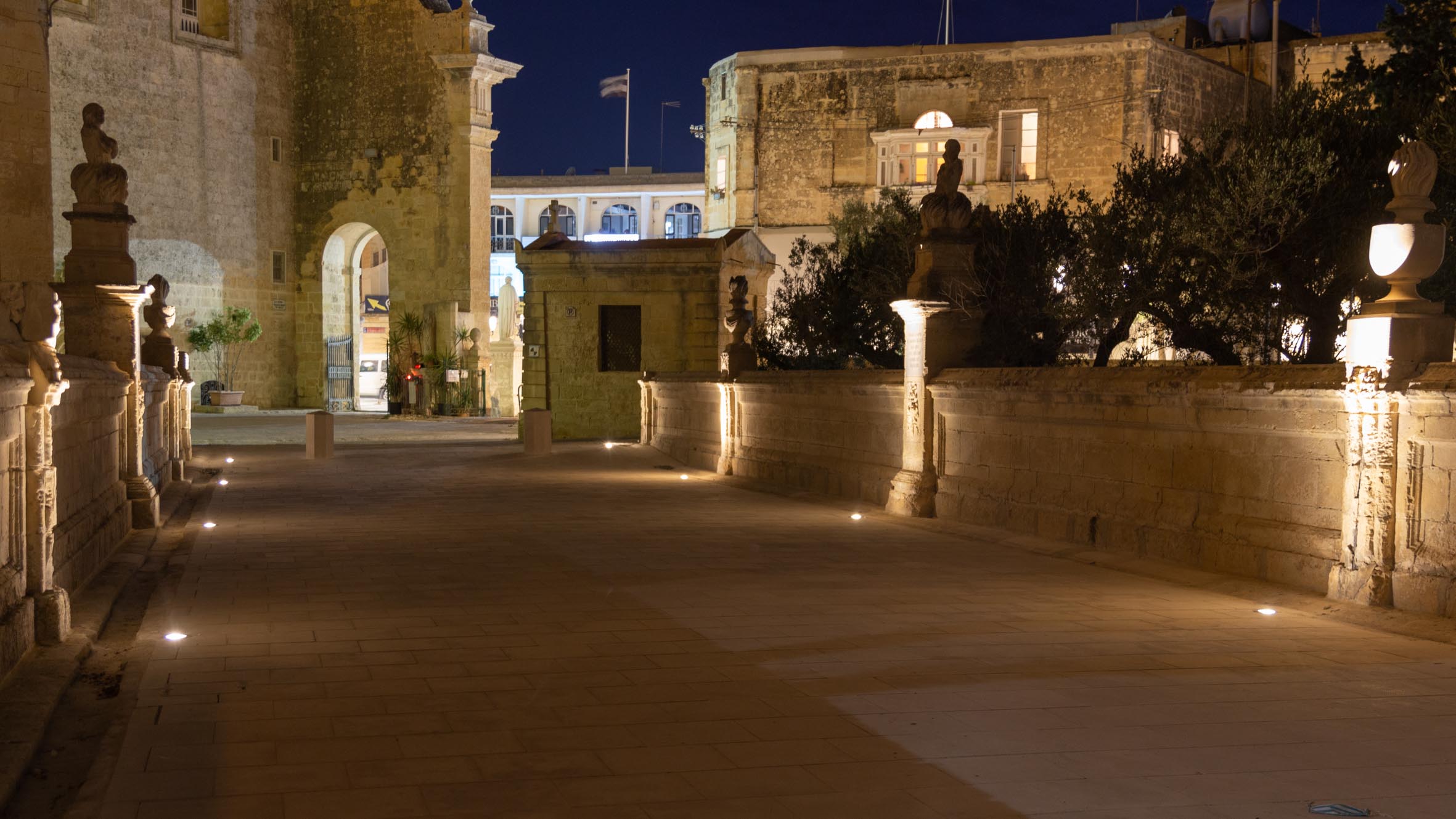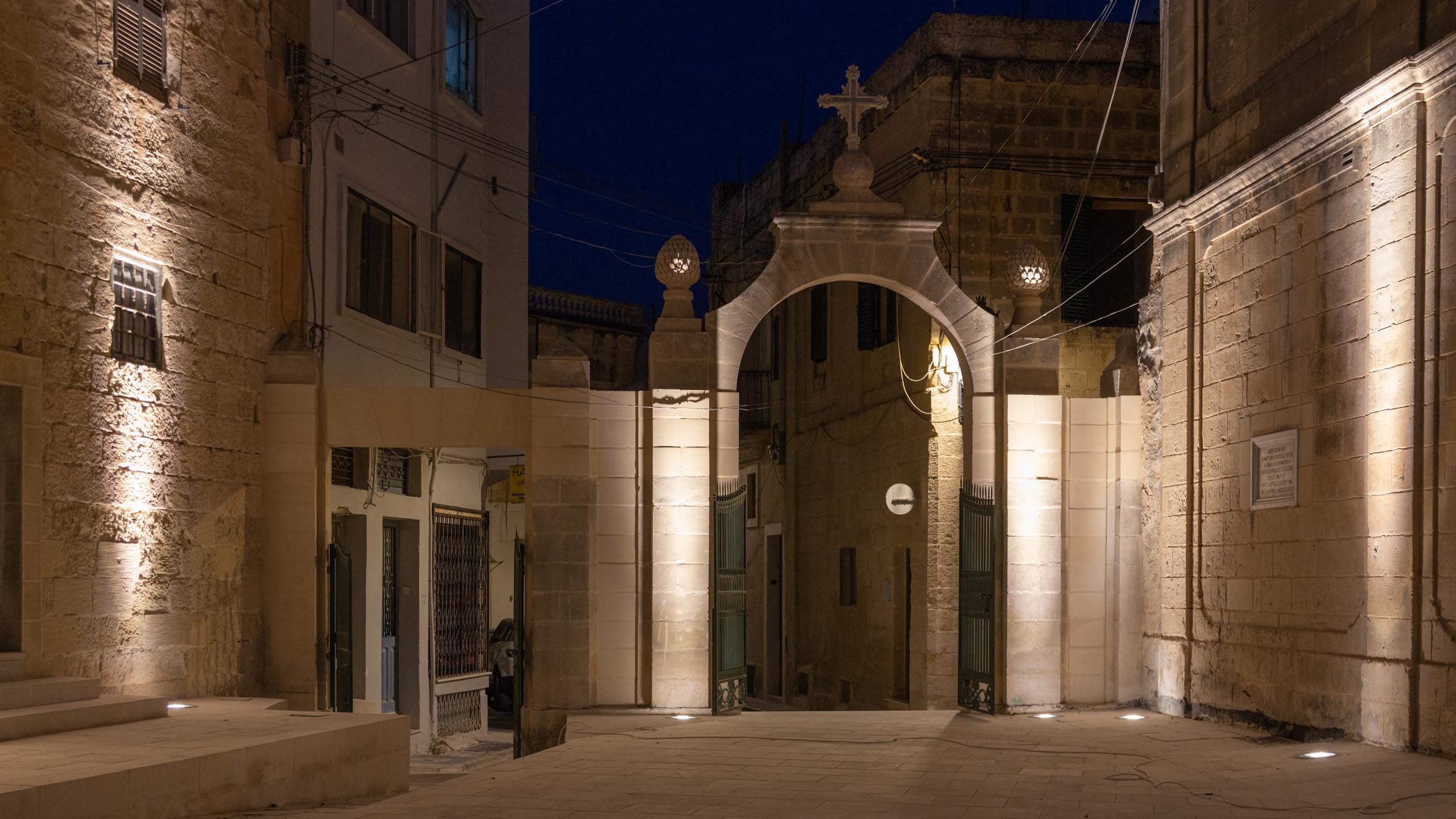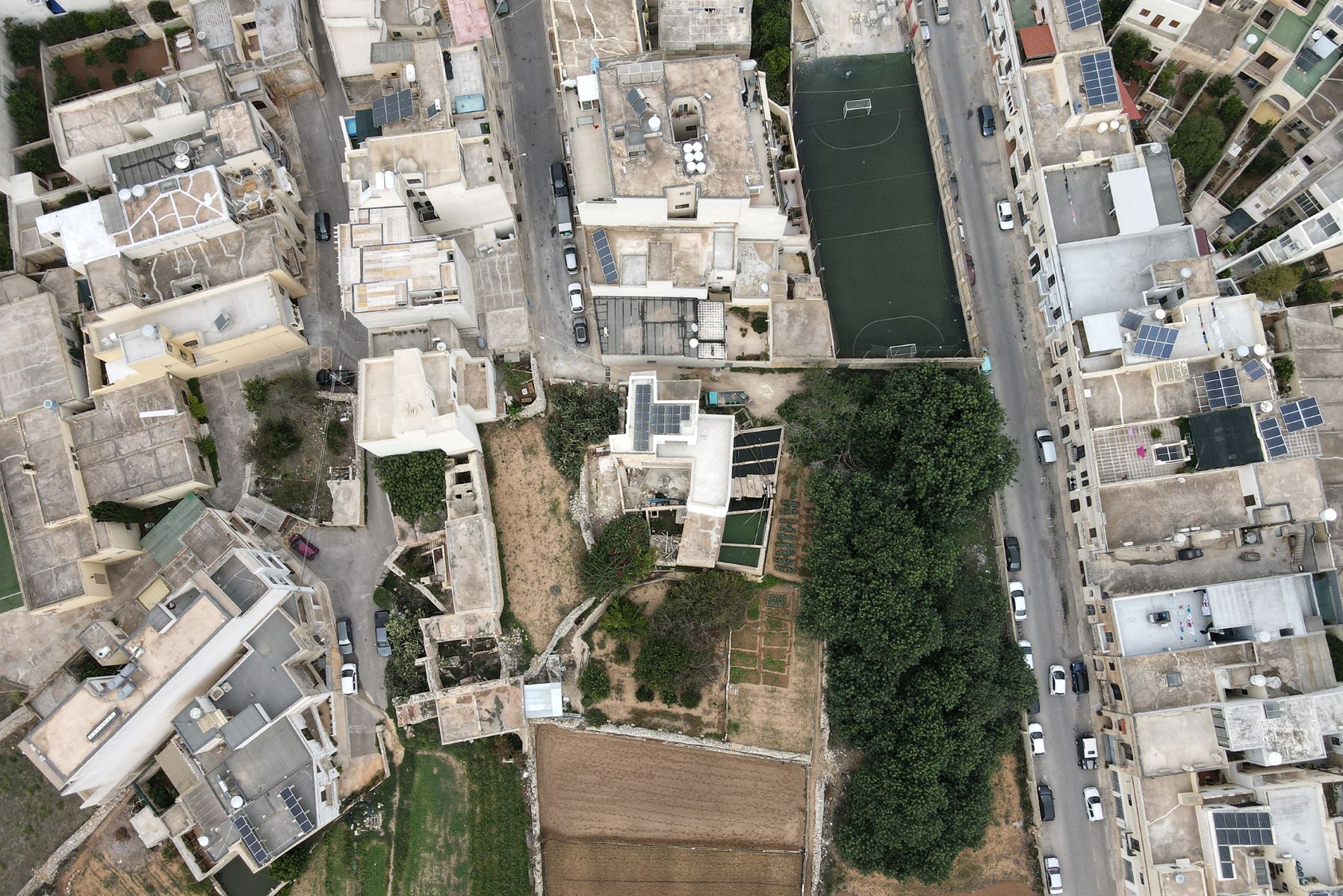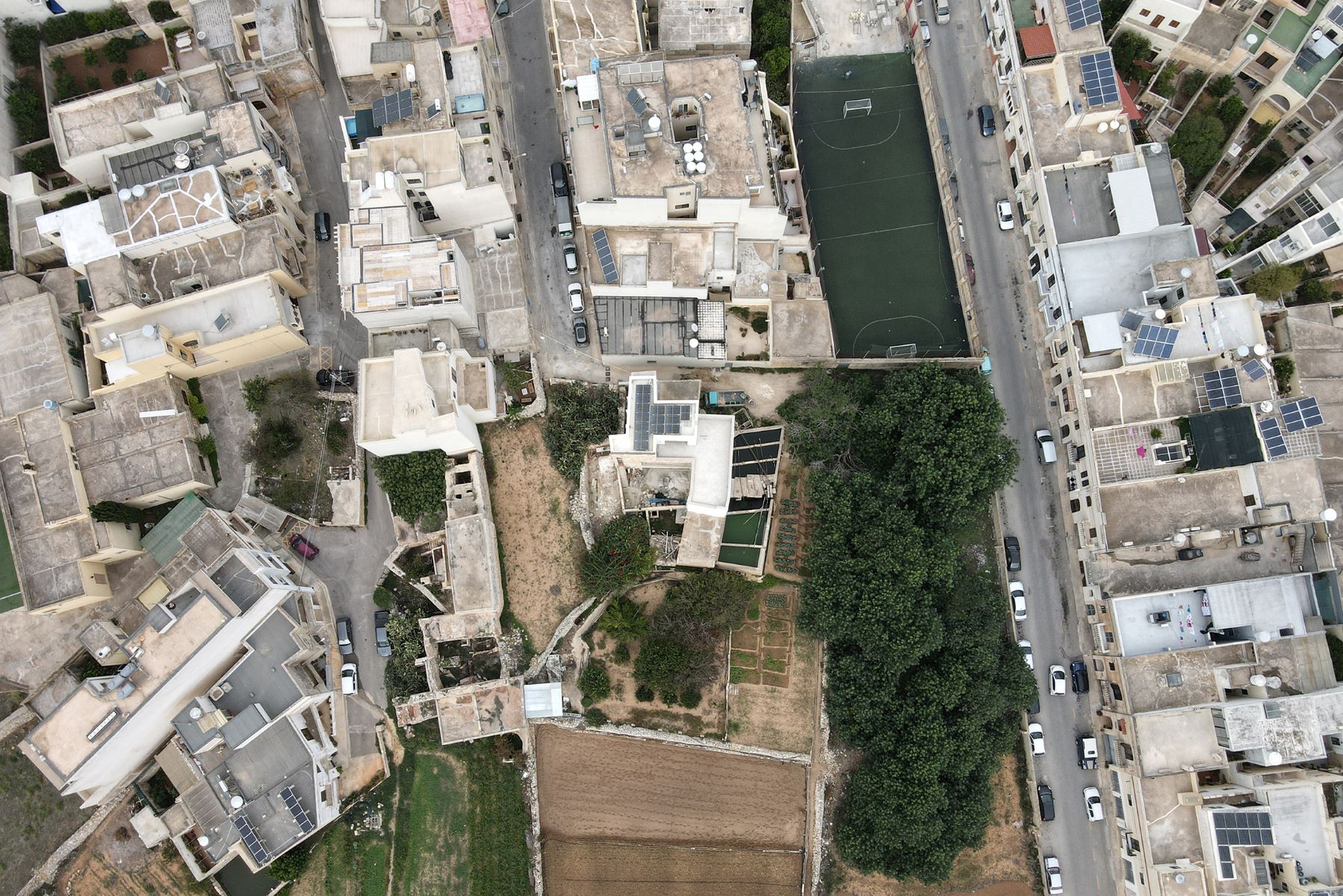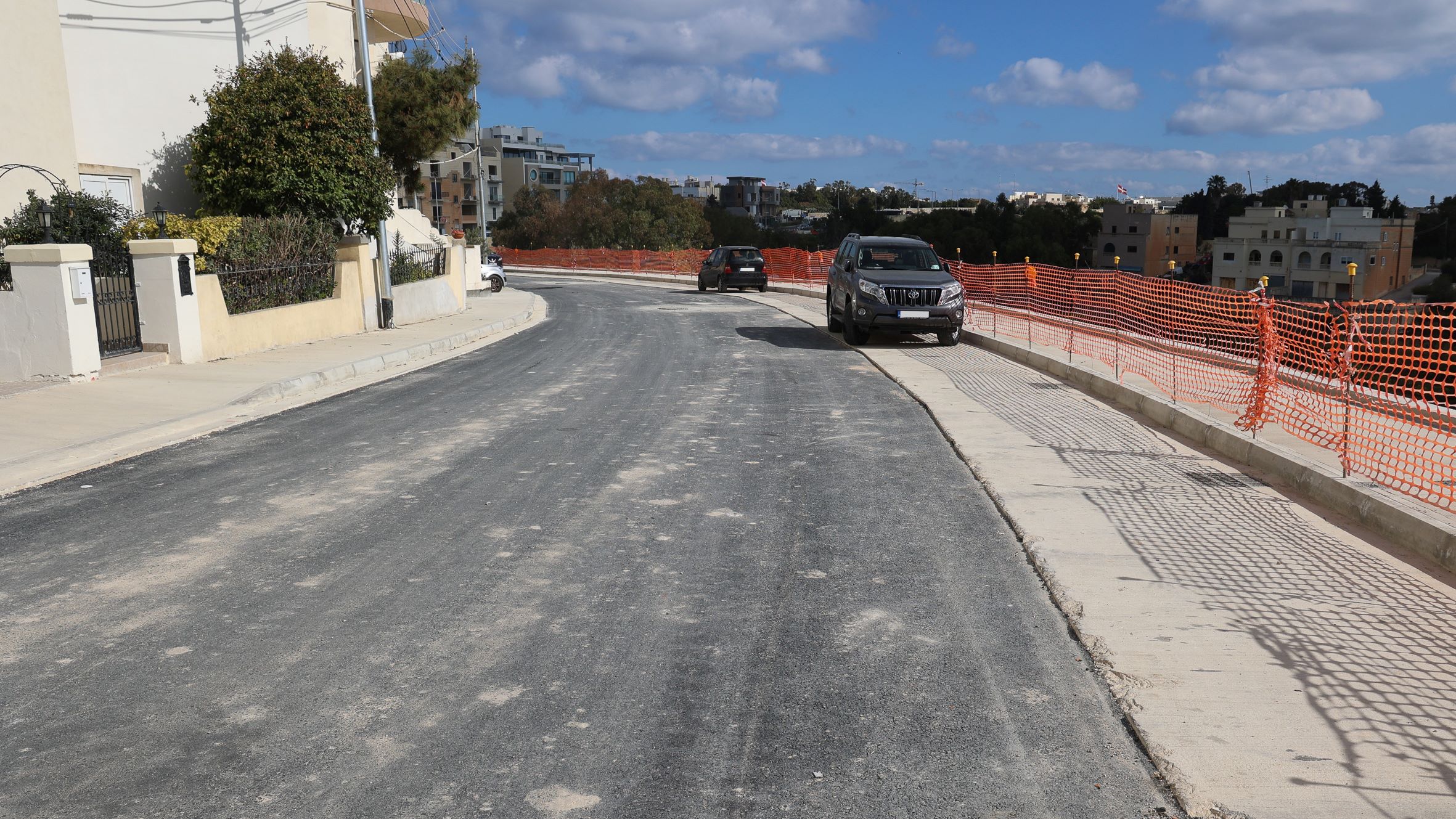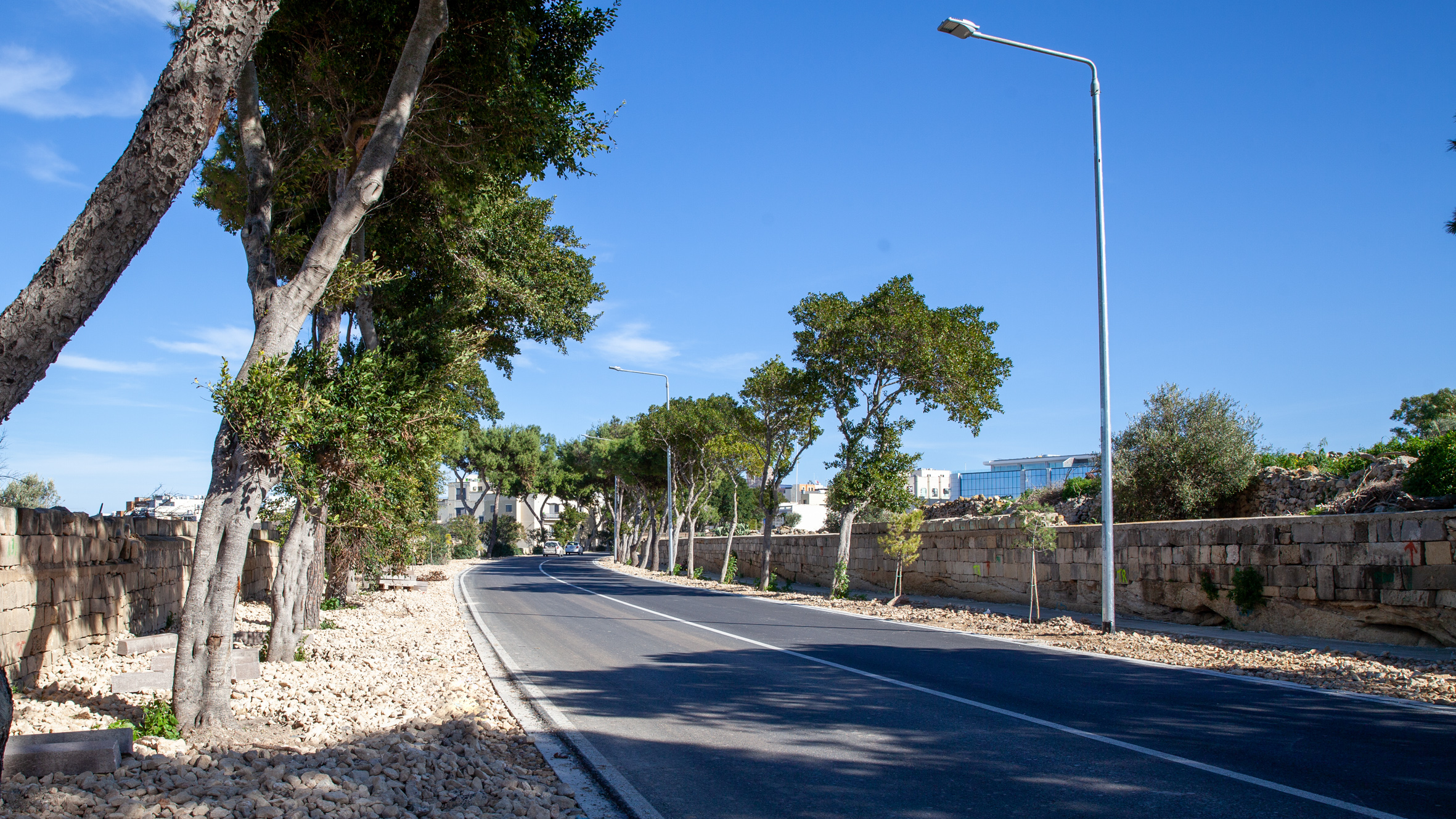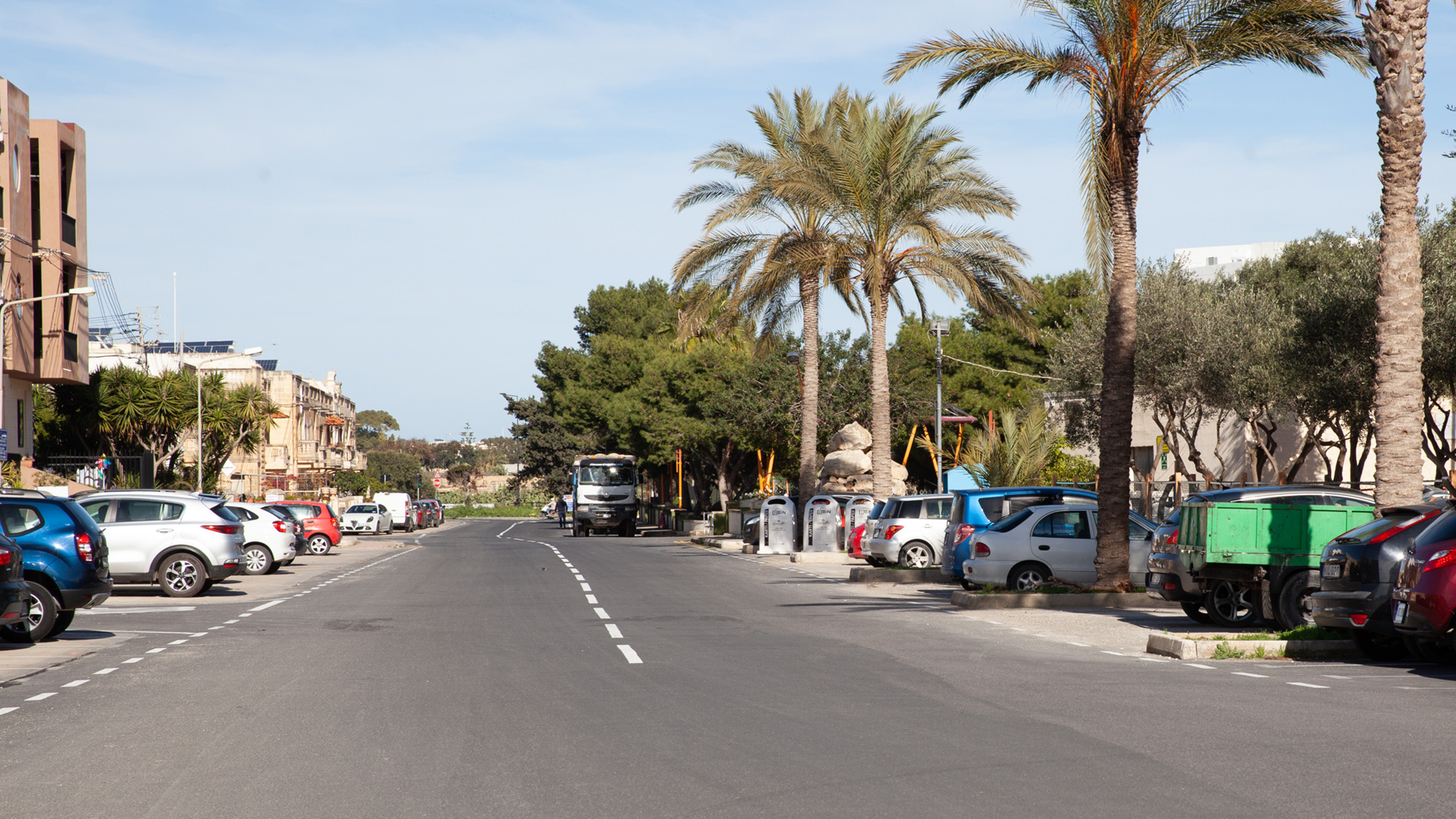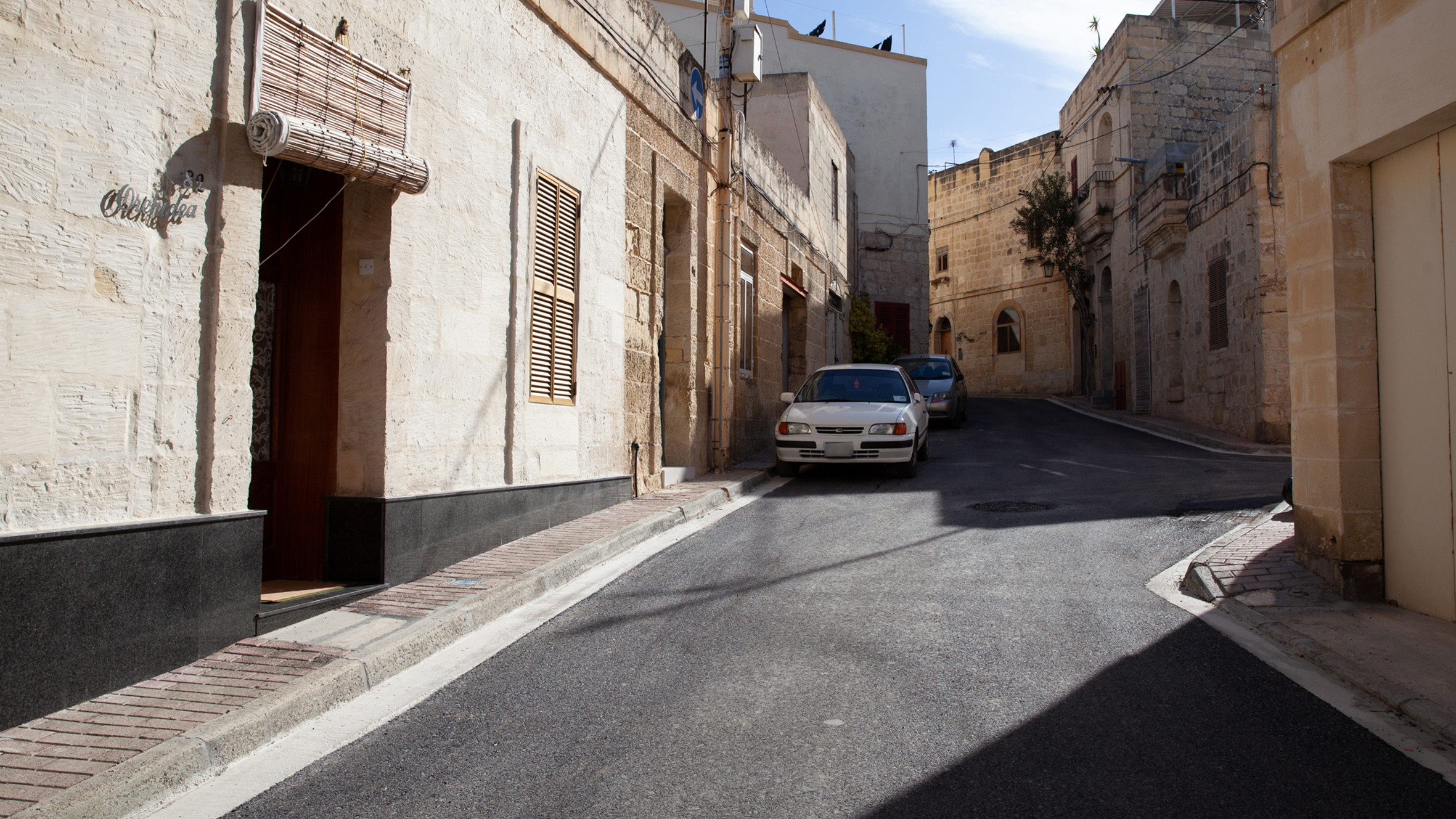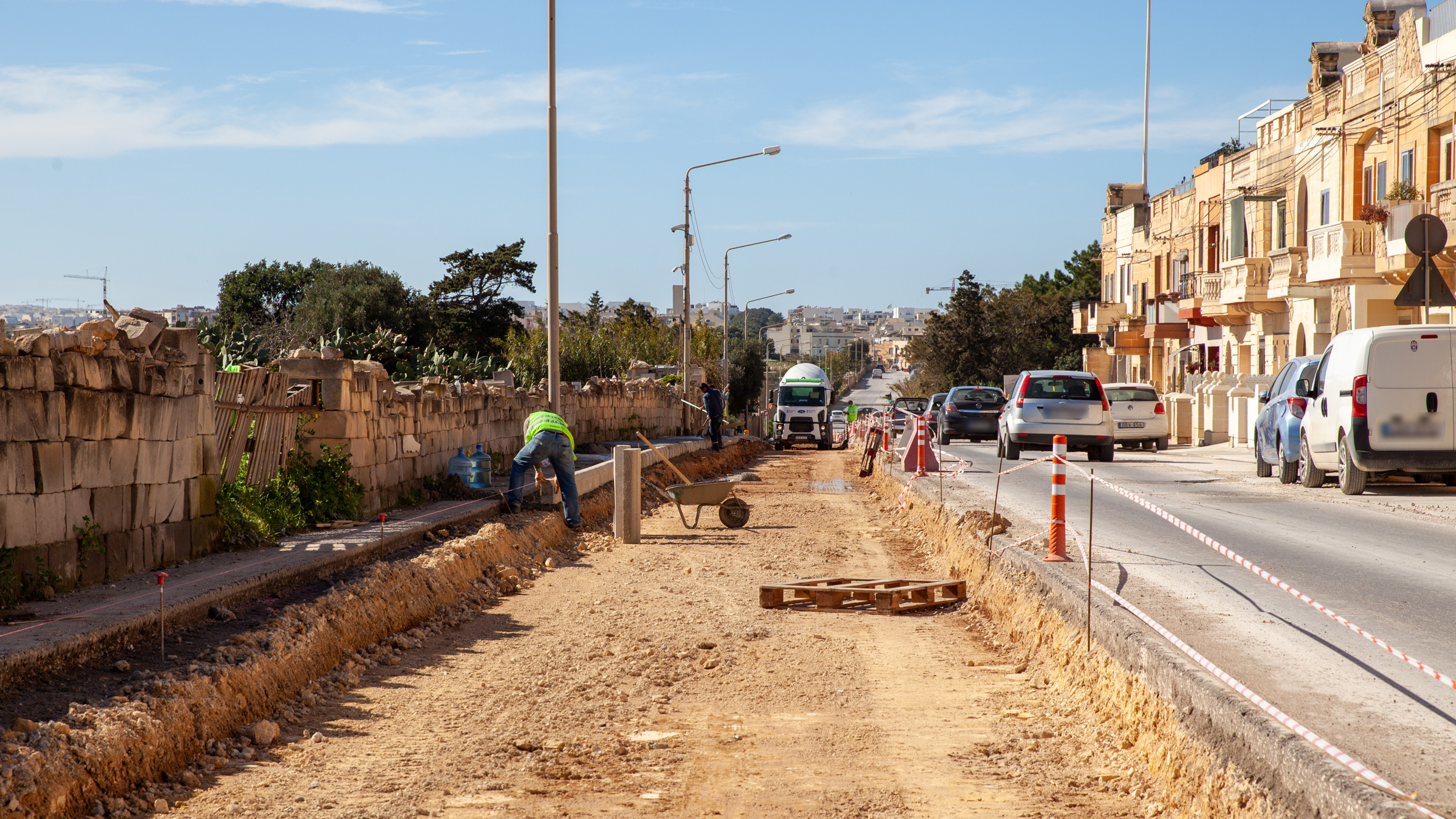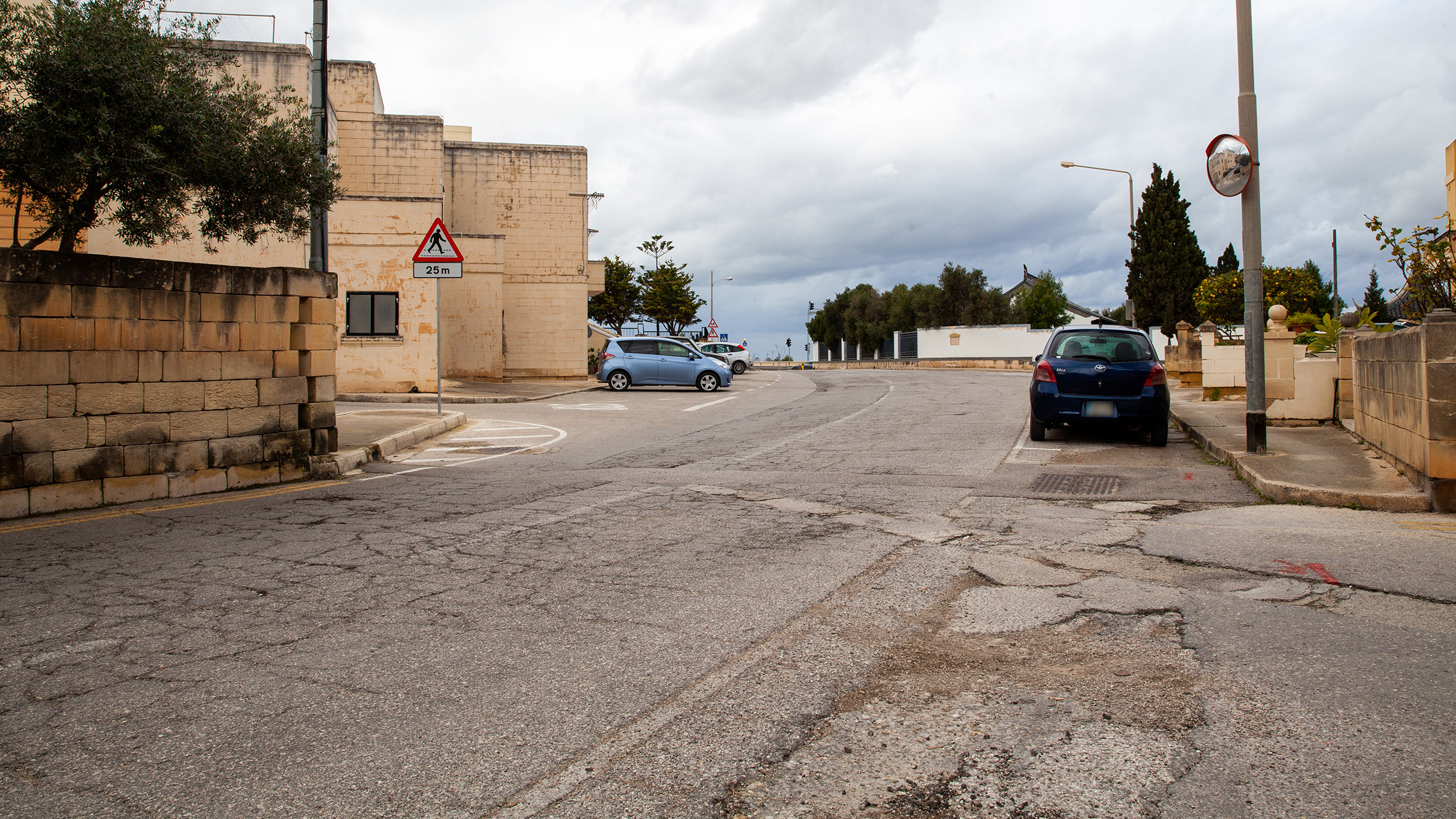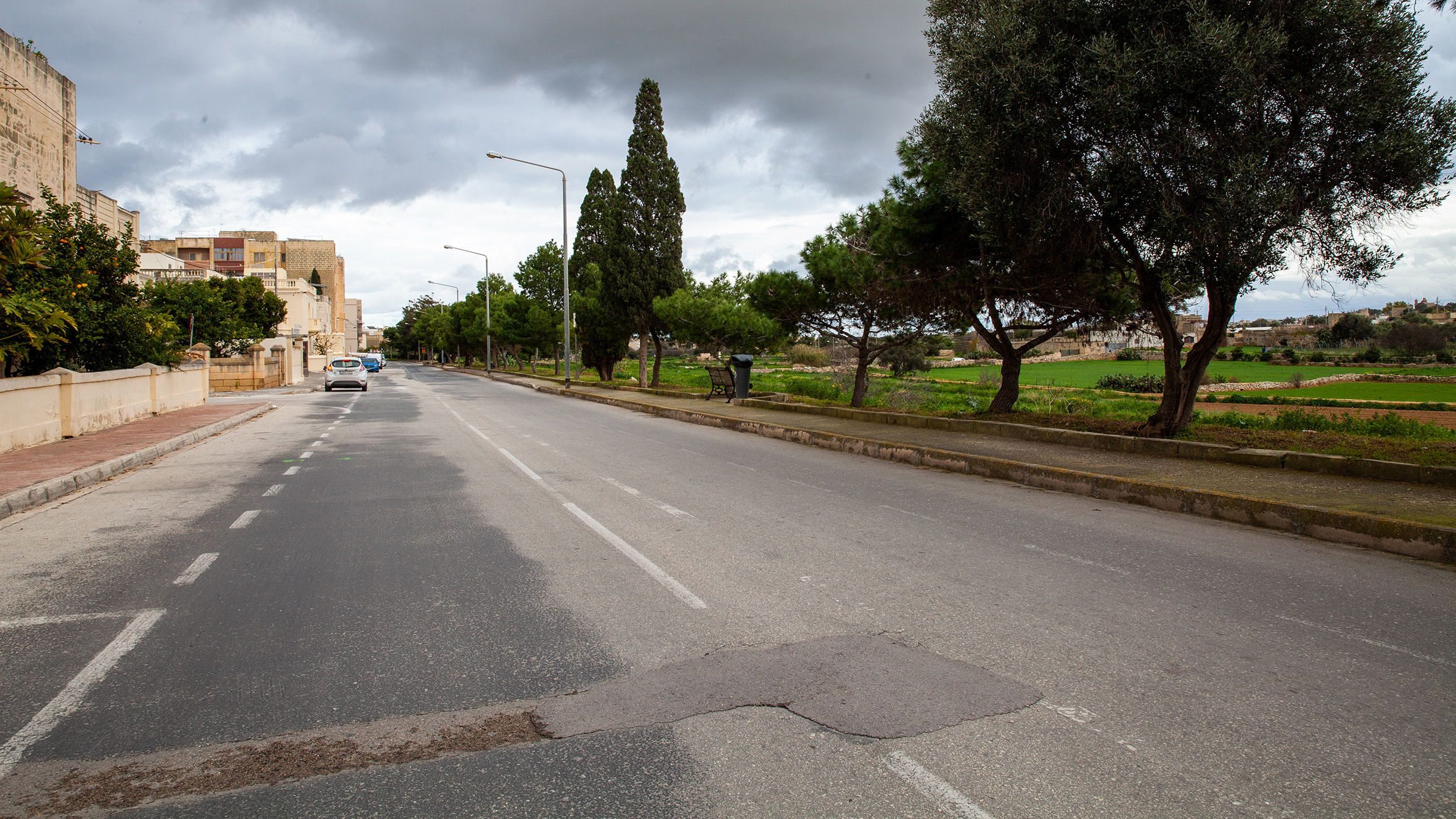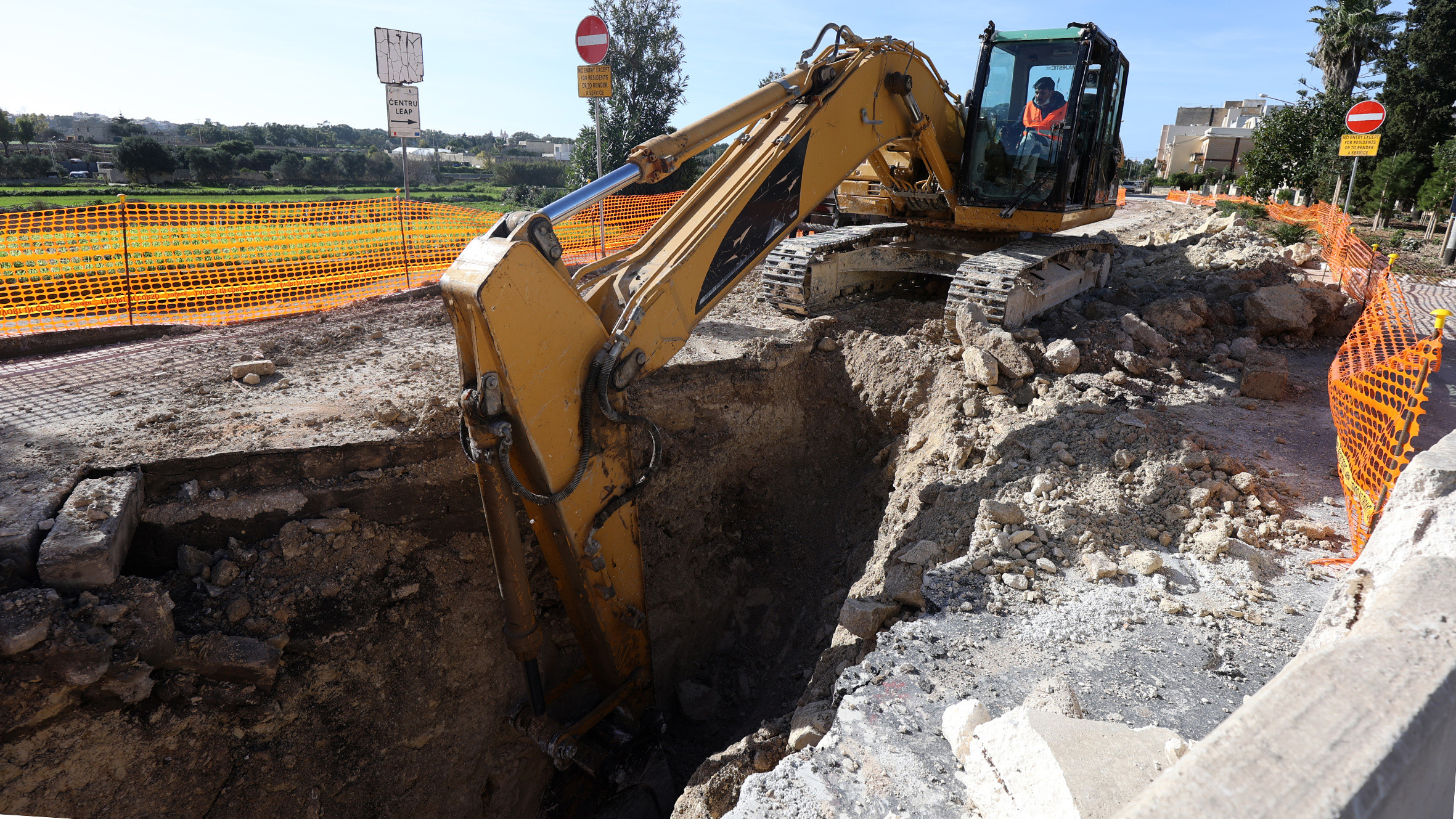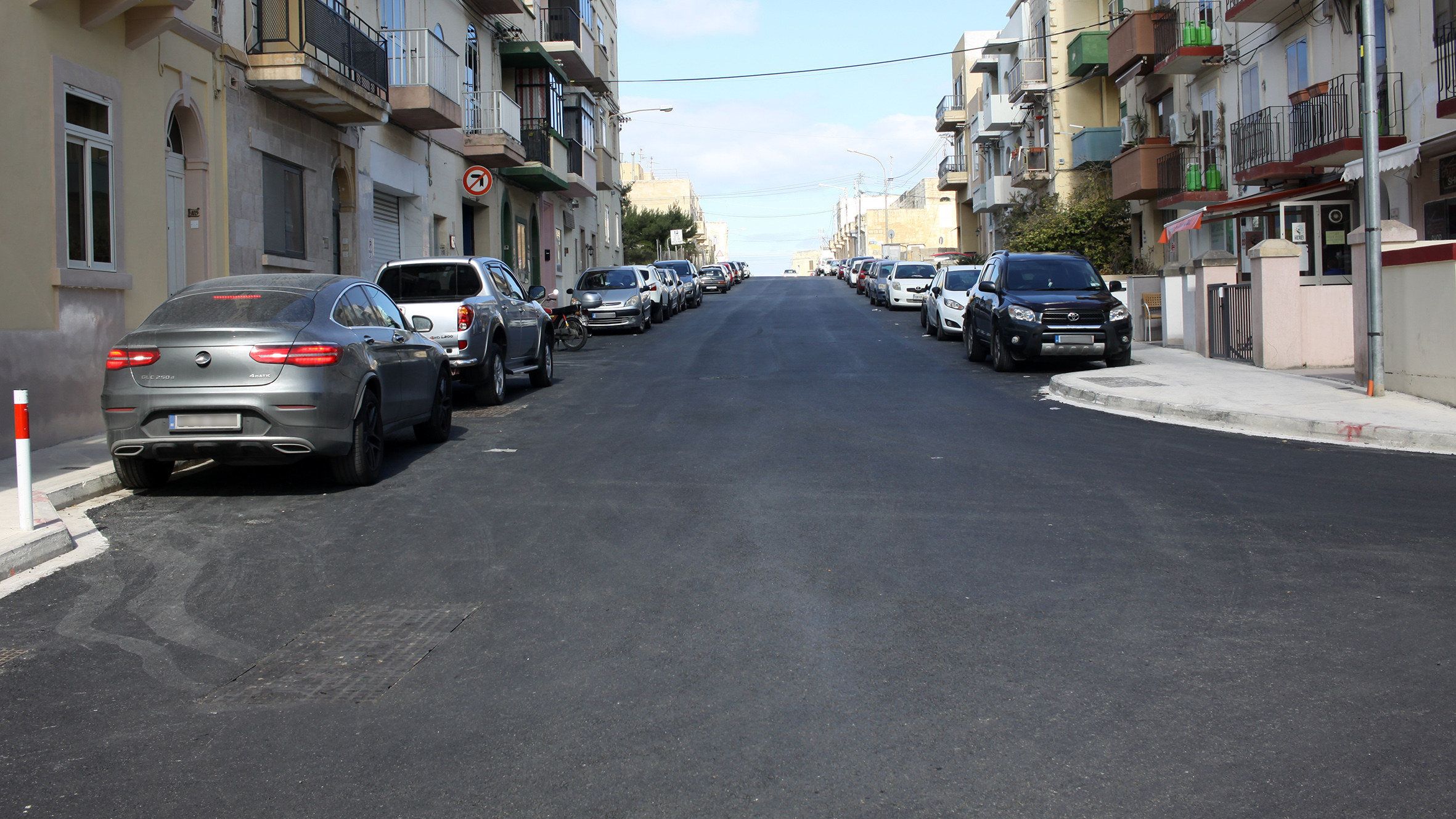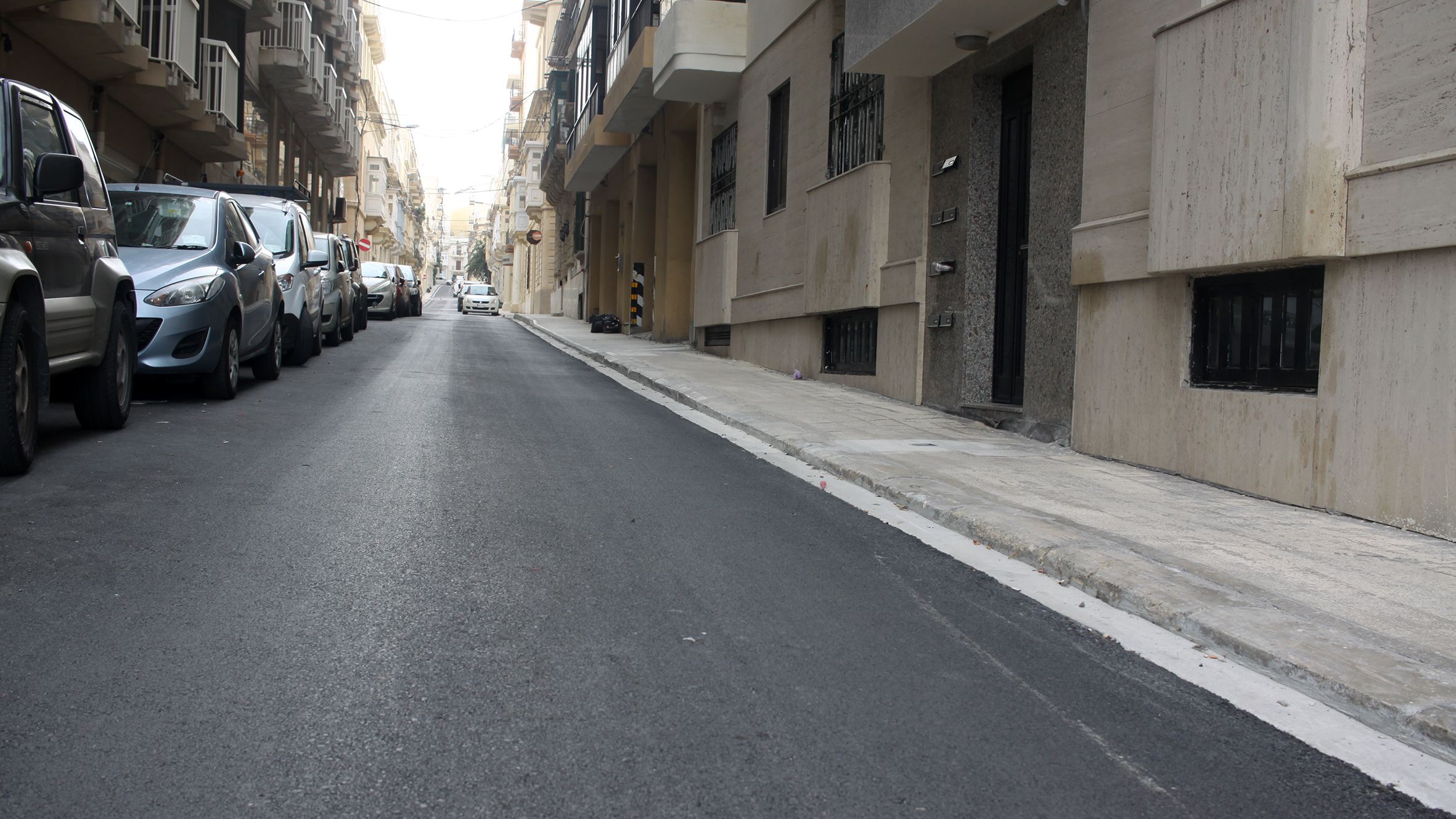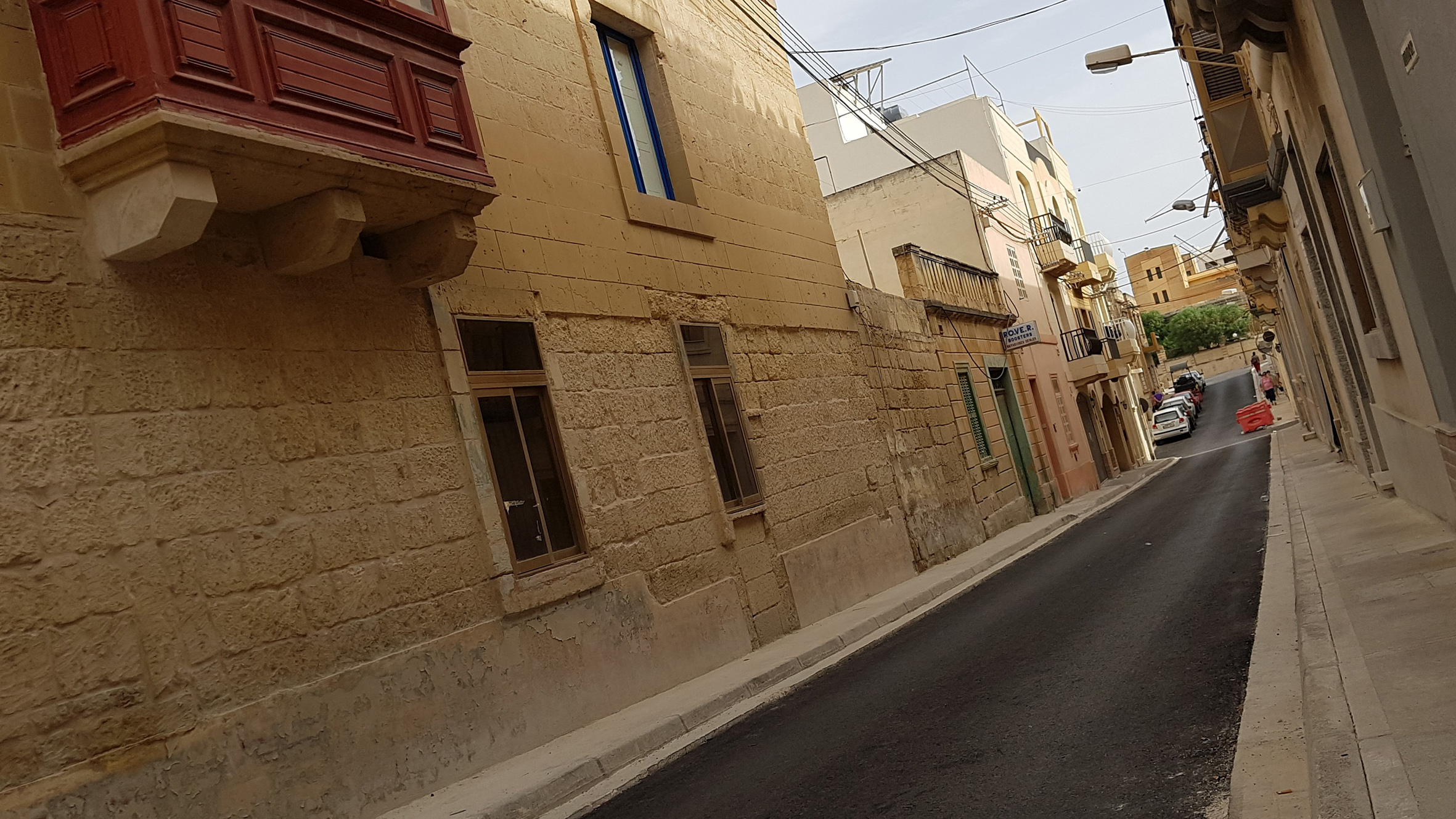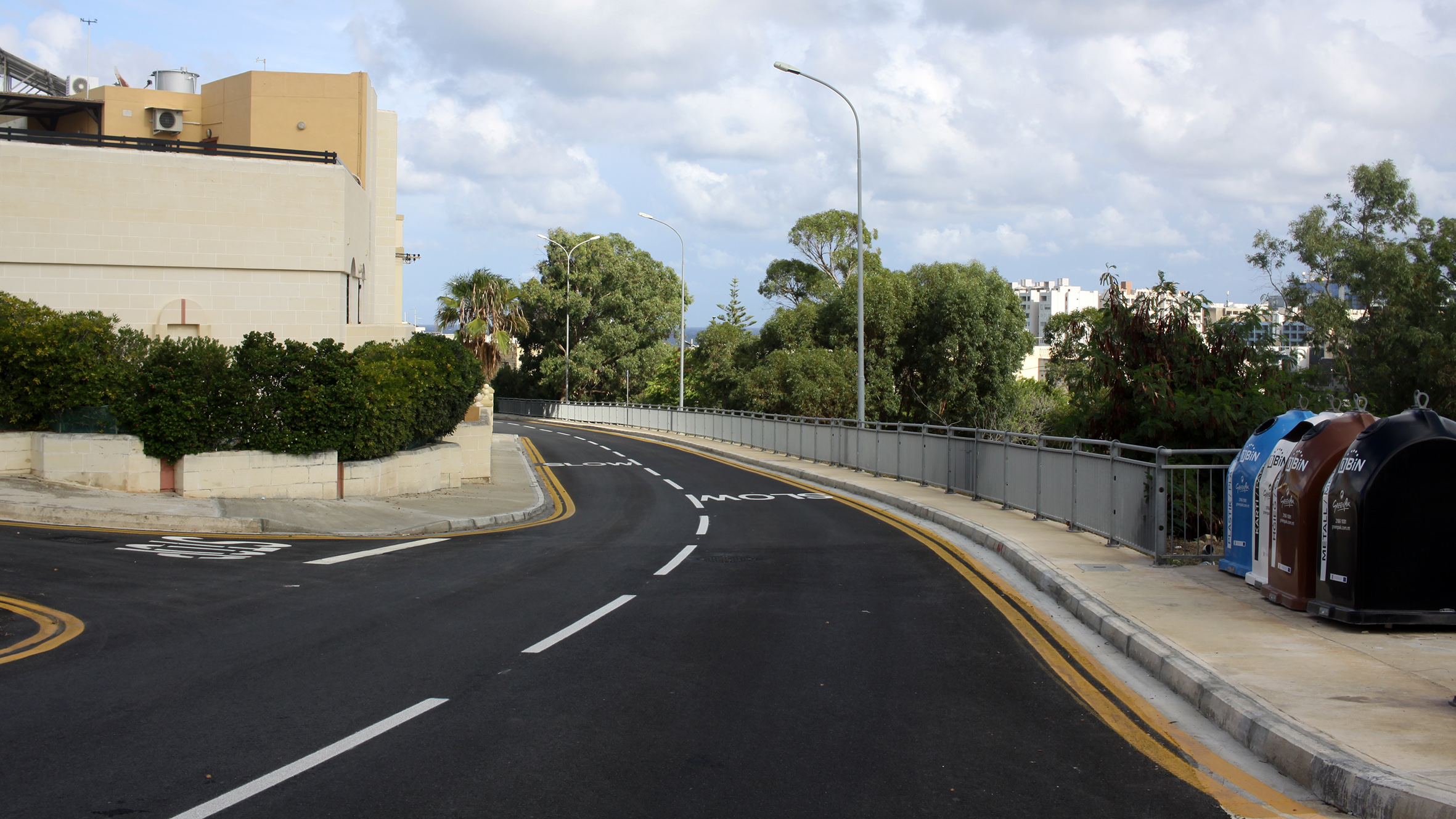
Vjal Kulħadd: €10 Million Investment in People-Centered Infrastructure
The Minister for Transport, Infrastructure, and Public Works, Chris Bonett, addressed a conference attended by various representatives from local councils and non-governmental organizations, focusing on a project aimed at fostering more sustainable mobility in local communities. This project is specifically designed to create the best infrastructure development plan, prioritizing more accessible roads for the benefit of all.
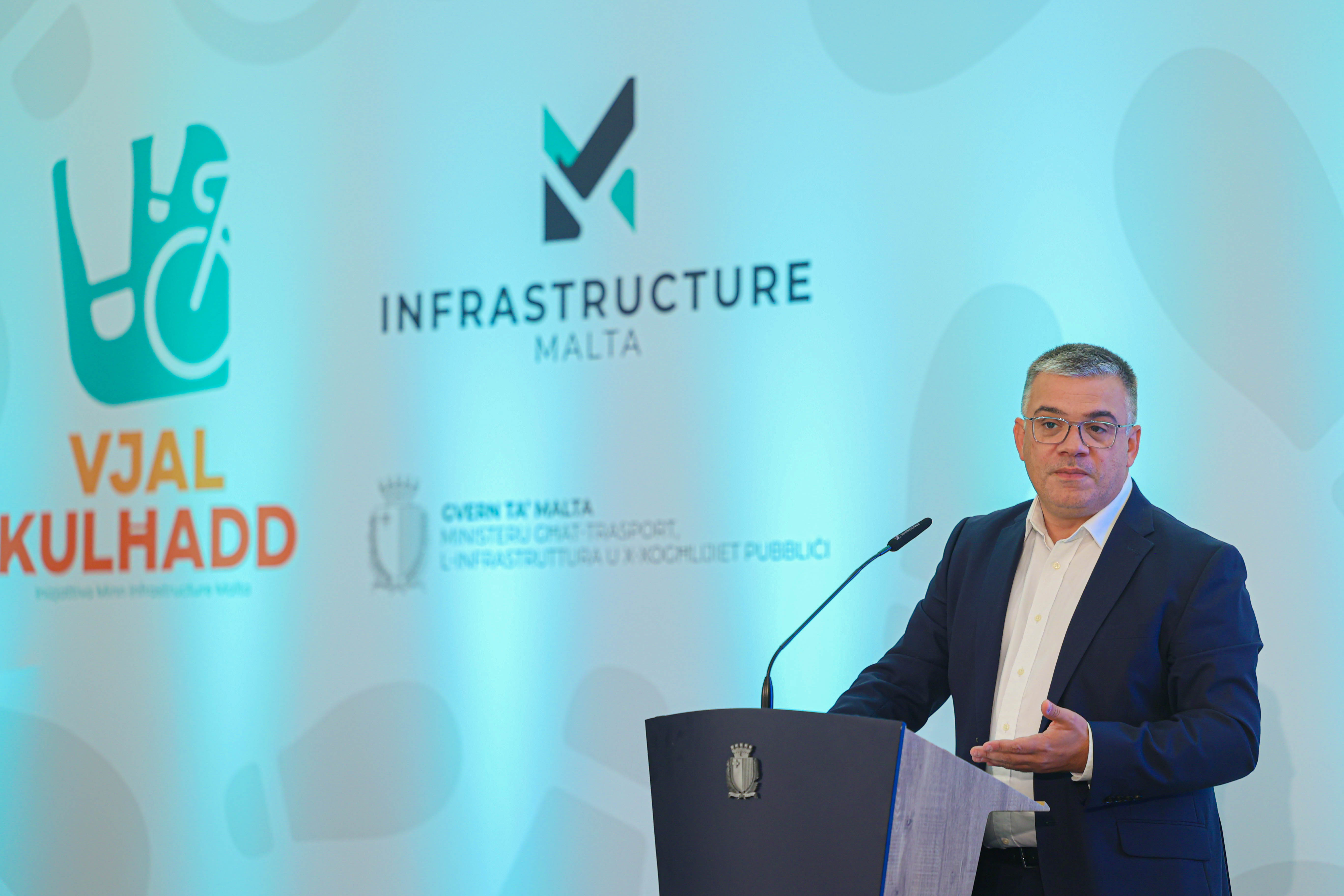
"Vjal Kulħadd" is a new scheme launched by Infrastructure Malta for local councils to collaborate with NGOs to propose ideas for transforming roads and public spaces within communities into safer, more accessible areas that meet the diverse needs of the public, enriched with more trees and greenery.
This €10 million investment, inaugurated by Minister Chris Bonett, aims to encourage local councils and NGOs to bring forward their ideas, supported by financial and technical assistance from Infrastructure Malta’s professionals.
"As a government, it is our duty to provide the best infrastructure so that future generations can enjoy a better environment than we inherited. This initiative is about exactly that. We are investing heavily to ensure our communities have the best spaces that encourage walking and cycling over car use. It’s time to start reducing car dependency, but for that, we need to build the right infrastructure — and 'Vjal Kulħadd' is set to make this happen," stated the minister.
Steve Ellul, the CEO of Infrastructure Malta, reaffirmed the agency's commitment to prioritizing people-centered infrastructure improvements. Besides enhancing road accessibility and safety for pedestrians, Mr. Ellul urged local councils and NGOs to focus on infrastructure that accommodates various modes of transport, especially cycling.

Mr. Ellul expressed optimism that this initiative would further integrate existing active mobility infrastructure, including cycling lanes, with new developments, aiming to reduce vehicle dependency. The scheme also promotes an increase in tree planting, a broader green environment, and better rainwater catchment systems.
The "Vjal Kulħadd" scheme will remain open for six weeks, with local councils encouraged to submit their proposals by October 30, 2024.
For more information on how to get involved, visit: vjalkulhadd.com.


